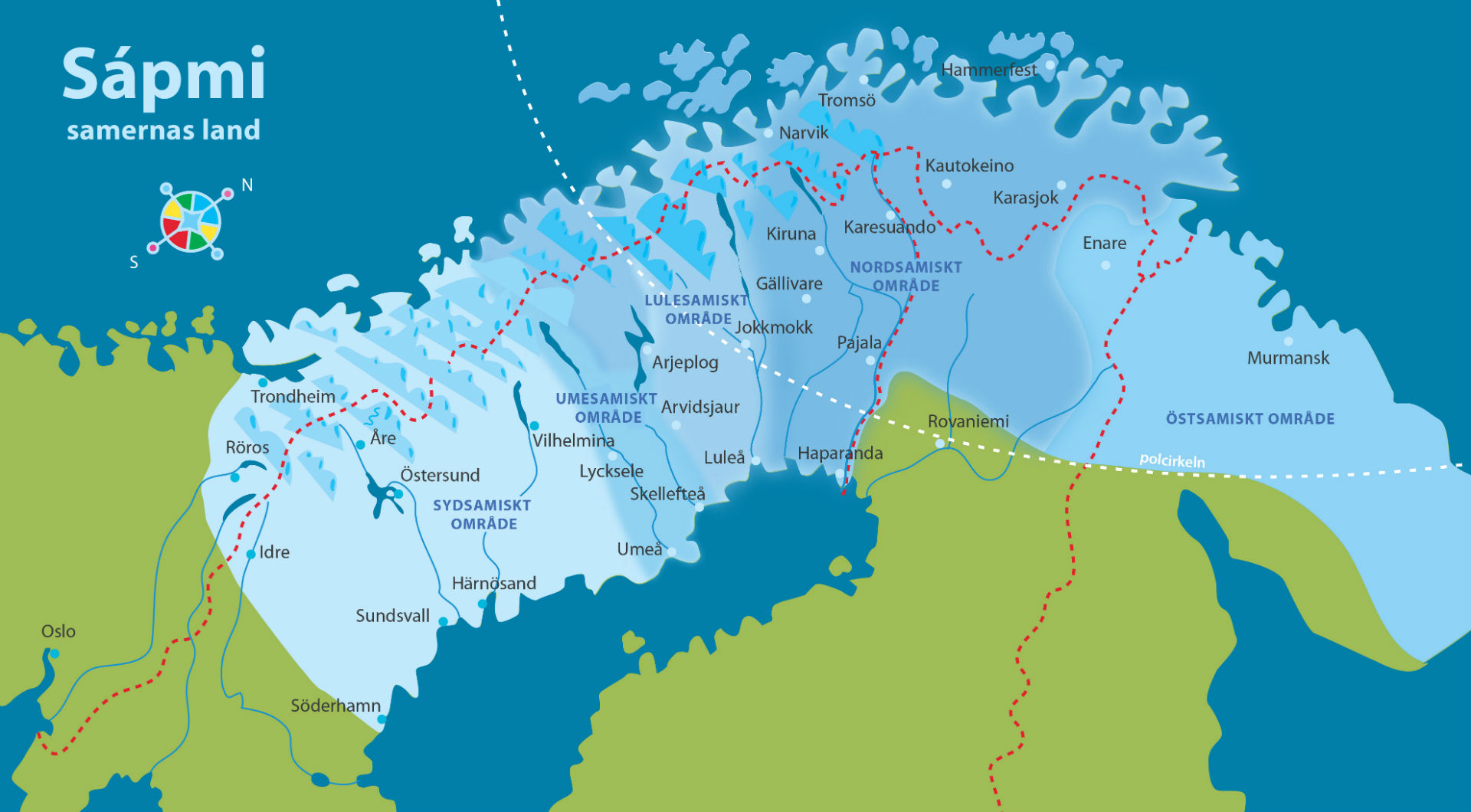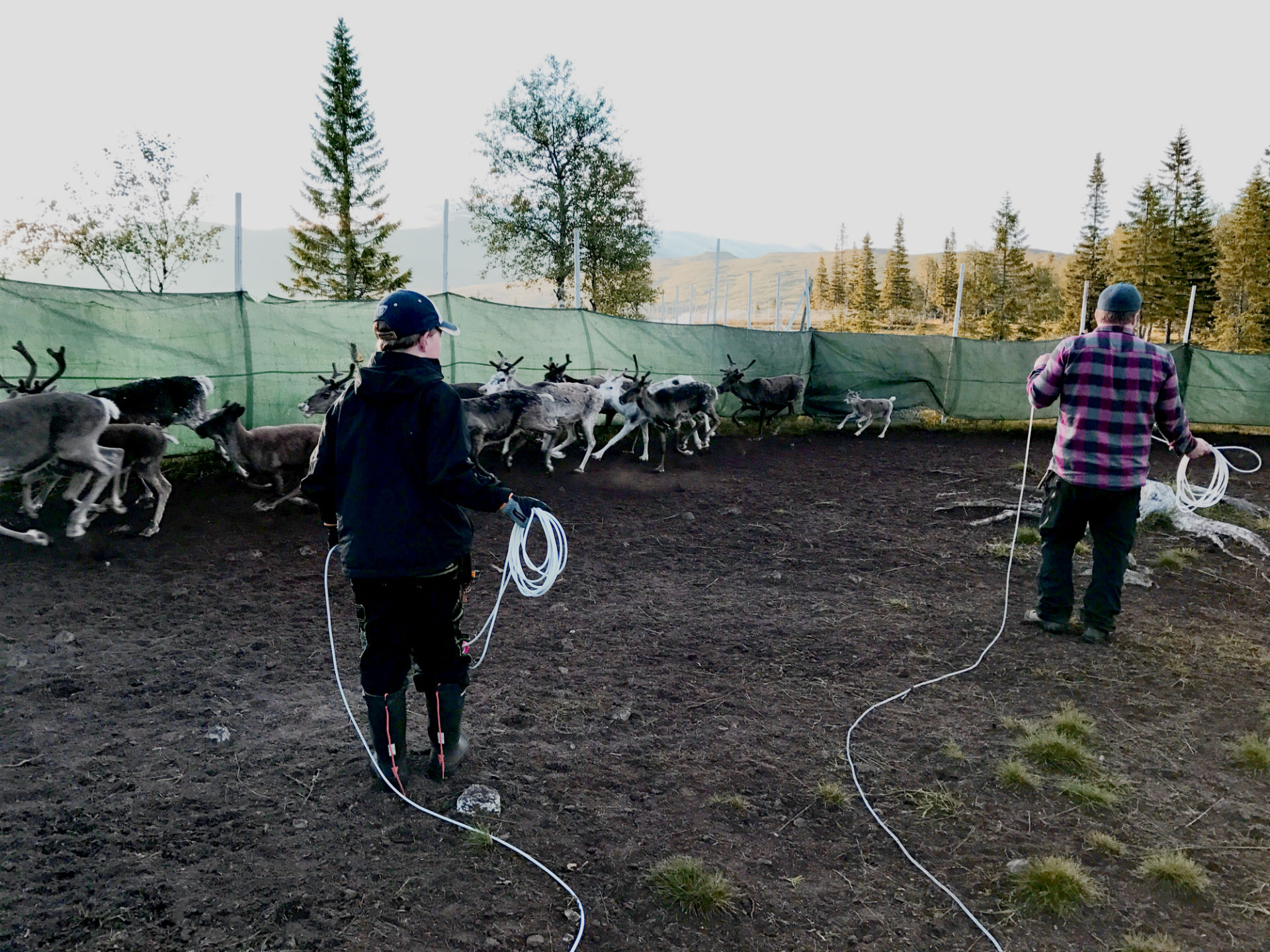Saepmie is both the Sami people and a land area in the northern part of the globe. The Swedish part of Saepmie is a rich cultural landscape among vast mountains, villages and towns from the Dalarna region in the south, including Jämtland Härjedalen and all the way up through to the swedish border in the north. But what is a Sameby (Sámi village)? How many Sámi is there? And, what or who actually determines who is a Sámi?












